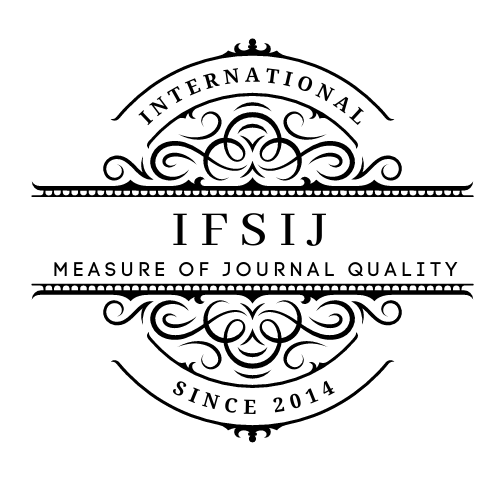Mir-Arab Madrasa: A Timeless Beacon of Islamic Scholarship and Spirituality
Abstract
The Mir-i-Arab Madrasa, an iconic Islamic educational institution situated in the ancient city of Bukhara, Uzbekistan, holds great historical and cultural significance. Established in the 16th century by the esteemed scholar and Sufi mystic, Mir Sayyid Muhammad ibn Abdu'l-Khalik (Mir-i-Arab), the Madrasa stands as a symbol of Islamic scholarship and spirituality in Central Asia. This article delves into the history of the Madrasa, exploring its foundation, architectural splendor, and role as an educational center. Additionally, it highlights the spiritual significance and Sufi legacy that continue to resonate within its walls. Despite facing various challenges throughout its existence, the Mir-i-Arab Madrasa has remained resilient, and with Uzbekistan's independence, efforts to preserve its historical significance have been renewed. Today, the Madrasa continues to captivate visitors as a treasured heritage site, offering an immersive experience into the rich tapestry of Islamic knowledge and culture. This abstract aims to shed light on the enduring impact of the Mir-i-Arab Madrasa as a timeless beacon of intellectual pursuit and spiritual enlightenment.
Downloads
Published
How to Cite
Issue
Section
License

This work is licensed under a Creative Commons Attribution-NonCommercial-NoDerivatives 4.0 International License.















